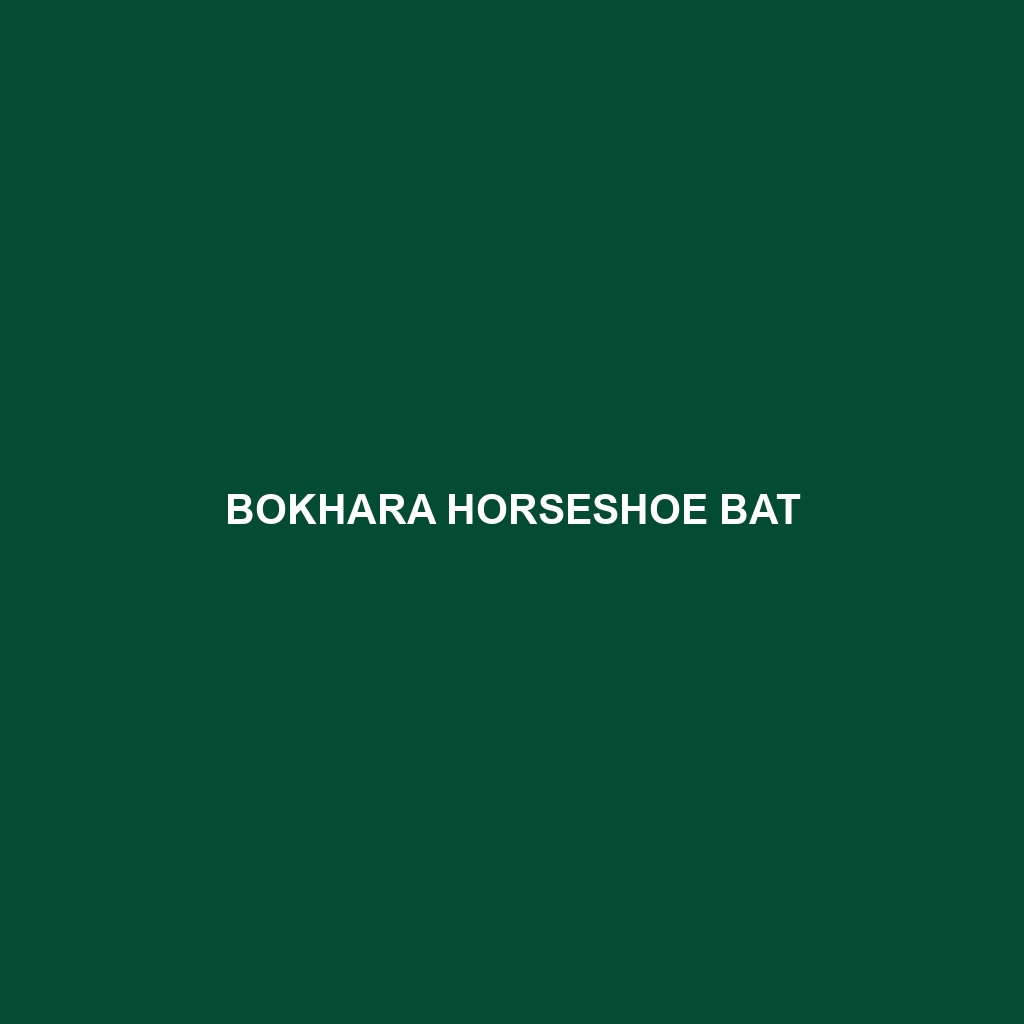Blasius’s Horseshoe Bat
Common Name: Blasius’s Horseshoe Bat
Scientific Name: Rhinolophus blasii
Habitat
Blasius’s Horseshoe Bat primarily inhabits a variety of forested environments across Southern and Central Europe, particularly in regions such as Austria, Hungary, and the Balkans. This species prefers shaded, humid areas, often found in deciduous woodlands, rocky caves, and abandoned buildings. Their choice of habitat is critical to their roosting and foraging behaviors, as they seek locations that provide ample shelter and proximity to insect-rich foraging grounds.
Physical Characteristics
Blasius’s Horseshoe Bat is a medium-sized bat, measuring approximately 4.3 to 5.5 inches (11 to 14 cm) in body length. Its wingspan can range from 10.2 to 12.6 inches (26 to 32 cm). The fur is typically a grayish-brown color, lighter on the belly, with a distinctive horseshoe-shaped nose leaf that aids in echolocation, setting it apart from other bat species. This nose structure, along with large ears and a rounded body, makes Blasius’s Horseshoe Bat easily identifiable.
Behavior
Blasius’s Horseshoe Bat is nocturnal, engaging in foraging at dusk. They employ sophisticated echolocation techniques to navigate and hunt for insects, demonstrating remarkable agility in flight. Socially, these bats are often seen roosting in small colonies, displaying a level of social interaction that can influence their foraging strategies. Studying their behaviors offers insights into the adaptations necessary for survival in varying habitats.
Diet
This species predominantly feeds on moths and beetles, hunting these insects in mid-air using echolocation. The diet of Blasius’s Horseshoe Bat plays a significant role in controlling insect populations, which underscores their ecological importance. Their hunting expeditions are typically carried out over open spaces such as forests and fields where insect abundance is higher.
Reproduction
Blasius’s Horseshoe Bats typically breed once a year, with a mating season occurring in late summer and early autumn. Females give birth to one or two pups in late spring to early summer. Maternal care is intense, as mothers nurse their young until they can fly and hunt independently. The bond between mother and offspring is crucial during this vulnerable period.
Conservation Status
The current conservation status of Blasius’s Horseshoe Bat is classified as vulnerable by the International Union for Conservation of Nature (IUCN). Habitat loss, pesticide use, and climate change are significant threats to their populations, prompting conservationists to advocate for habitat protection and management efforts.
Interesting Facts
Did you know that Blasius’s Horseshoe Bat has a unique echolocation call that differs from that of other horseshoe bats? This difference allows them to selectively hunt specific prey types, showcasing their evolutionary adaptations. Their long lifespan of up to 20 years is also noteworthy for a bat species.
Role in Ecosystem
Blasius’s Horseshoe Bat plays a crucial role in maintaining the ecological balance by controlling insect populations. Their predation helps reduce pest numbers, thus benefiting agriculture and contributing to the health of their habitats. Additionally, as pollinators, bats facilitate the reproduction of various plant species, highlighting their importance in ecosystem dynamics.

